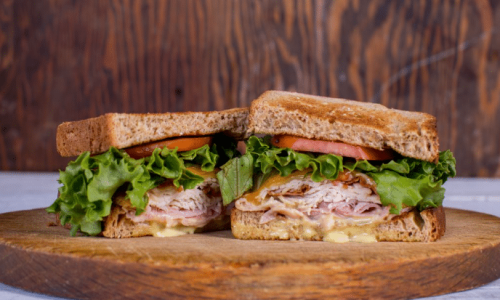
One of the iconic images of the Deep South is a road, path or plantation driveway lined with live oaks dripping with Spanish moss. It’s a beautiful, natural scene that visitors (and many locals) just can’t help but photograph.
Despite looking lovely, Spanish moss sometimes gets a bad reputation for killing trees or being filled with bugs. While the plant rarely kills tress, it can lower the tree’s growth rate because it reduces the amount of sunlight that reaches the tree’s leaves. Snakes, bats and a particular species of jumping spider do enjoy living in Spanish moss, so be careful if you’re tempted to grab a handful.
Spanish moss is a flowering plant that grows on large trees, typically the Southern Live Oak or Bald Cypress. While it’s usually considered a Southern plant, it can be found as far north as Maryland and even stretching into Southern Arkansas. The plant has a slender stem and grows in a chain-like fashion, which forms the hanging structures you see spilling from the host trees.
According to information about Spanish moss, it propagates both by seed and vegetatively by fragments that blow on the wind and stick to tree limbs. It’s also carried by birds who like to use it as nesting material.
Over the years, Spanish moss has been used for building insulation, mulch, packing material, mattress stuffing and fiber. In the early 1900s, it was even used commercially as padding for car seats. Today’s it’s often found in arts and crafts, as accent for a flower arrangement or centerpieces and as bedding for flower gardens.
Charles Towne Landing State Historic Site is 80 acres of paths, gardens and trees – many of which are lined with oak trees covered in Spanish moss. Check out some of these photos of Spanish moss at Charles Towne Landing:
























